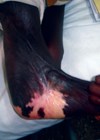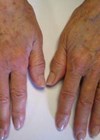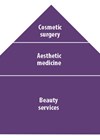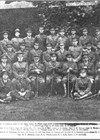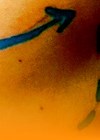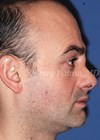Features archive for October 2013
A Reaction to the ‘Keogh Report’
In April 2013, the British Government’s report on regulation and safety issues in the cosmetic surgery sector was produced, authored by NHS Medical Director Prof Sir Bruce Keogh. The Royal College of Surgeons of Edinburgh and the British Association of...
Reconstructive Surgery in Post Colonial Africa
Both plastic and maxillo-facial surgery developed out of armed combat. Initially, general surgeons attached to the military might perform reconstructive attempts, but more realistically and pragmatically, destructive surgery was more suited to their situation. Amputation of limbs undoubtedly saved lives...
Handy Solutions
Very few people, if any, enjoy the ravages associated with the ageing process. Apoptosis (programmed cell death) occurs throughout life, but for some unknown reason (possibly associated with epigenetics) cellular replacement and therefore matrix volume decreases. The result is that...
From PIP to DC-CIK to the Sorcerer’s Apprentice: a medico-political minefield
Poly Implant Prothese (PIP) was a French company that manufactured silicone breast implants that were surgically implanted mainly for cosmetic breast augmentation. Of note, ‘cosmetic’ is used in the strict sense of the word meaning false and artificial and does...
The First World War and the Development of Facial Surgery
Facial surgery has a history stretching to antiquity, but its success depended on luck until medical science had advanced enough to deal with three major issues – infection, surgical shock from blood loss and good anaesthesia. It was not until...
A Timeline of Plastic Surgery
Where did the name ‘plastic’ surgery come from? It is probable that the first use of the term was by the German von Graefe in his book Rhinoplastik published in 1818. The intention was to describe the moulding of tissue...
Rediscovering the Lost Art of Endonasal Rhinoplasty
The invention of modern rhinoplasty by Joseph transformed our understanding of nasal anatomy and surgery. His endonasal technique soon spread from Europe to the USA and dominated the surgical culture of the 20th century. The excessive removal nasal support structures...



